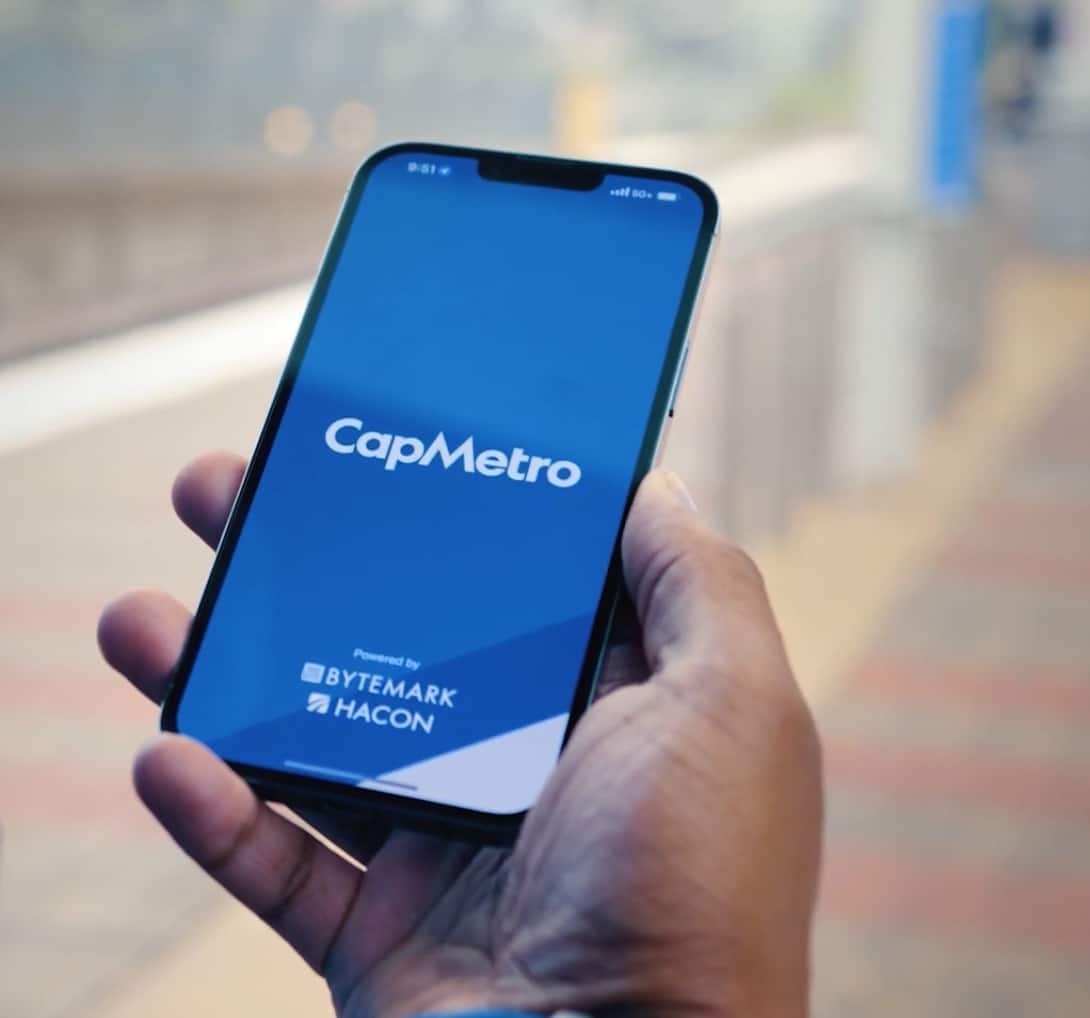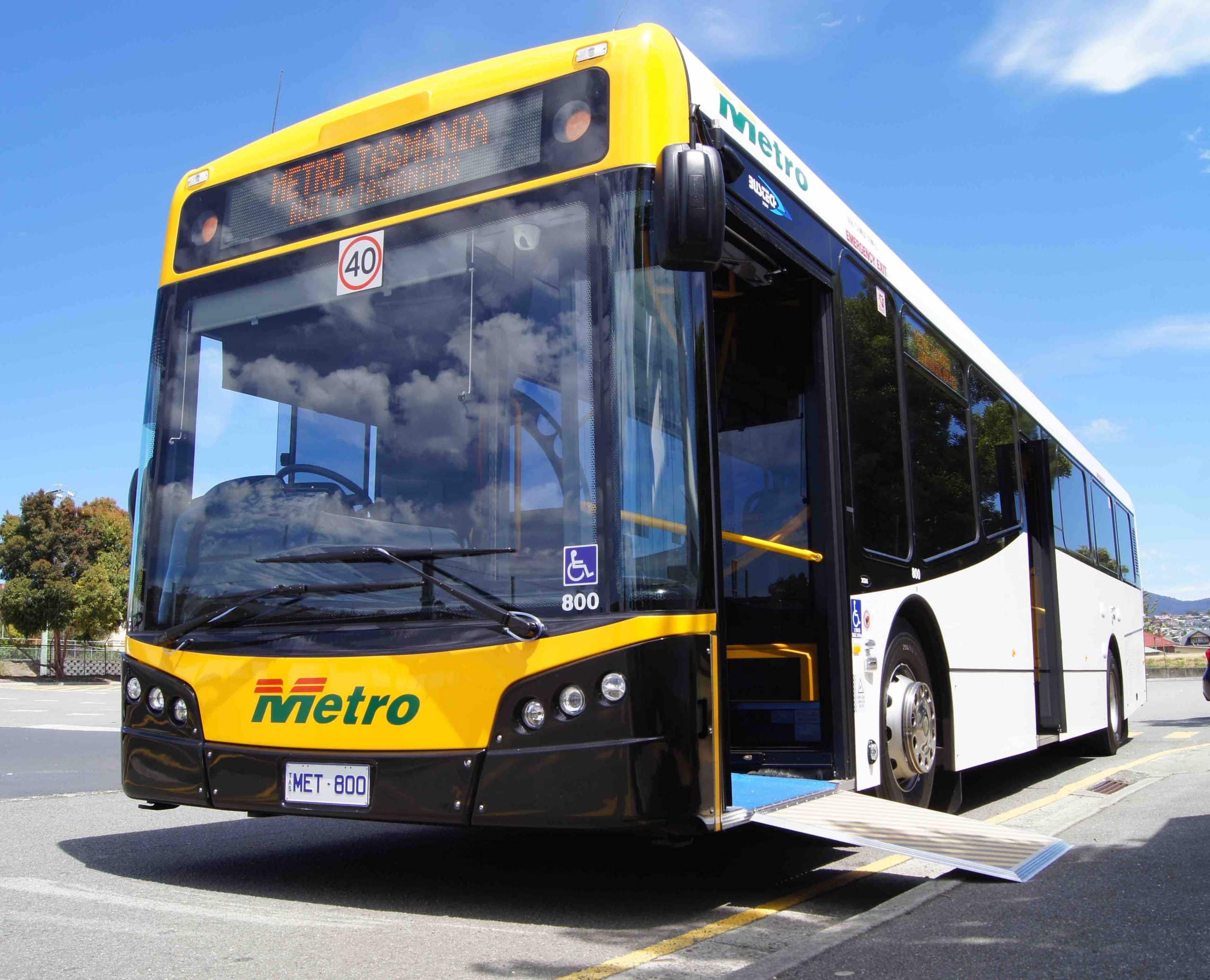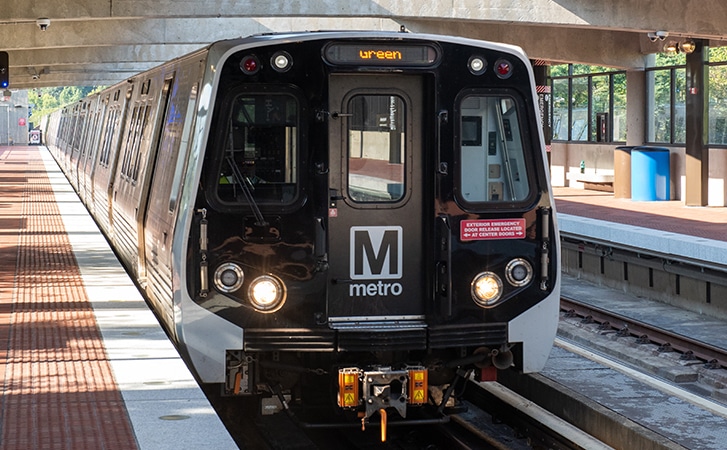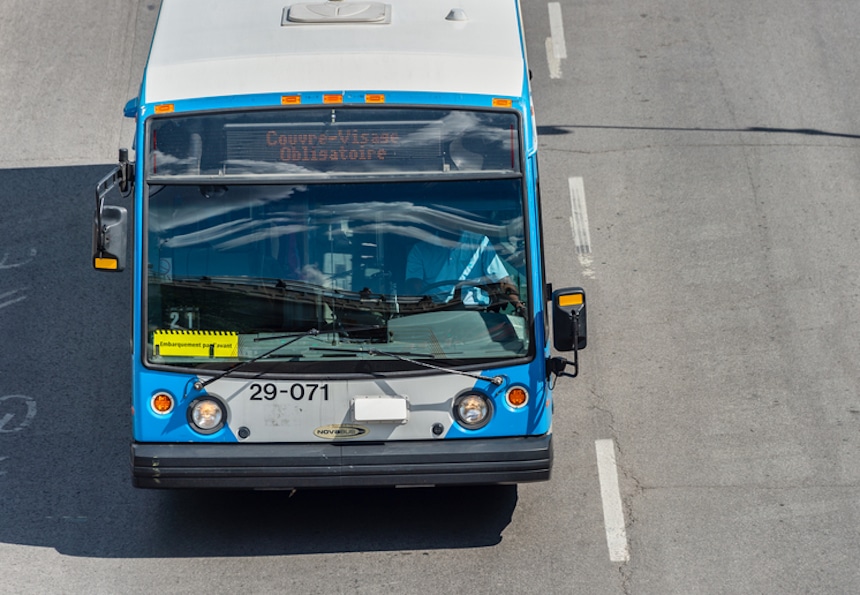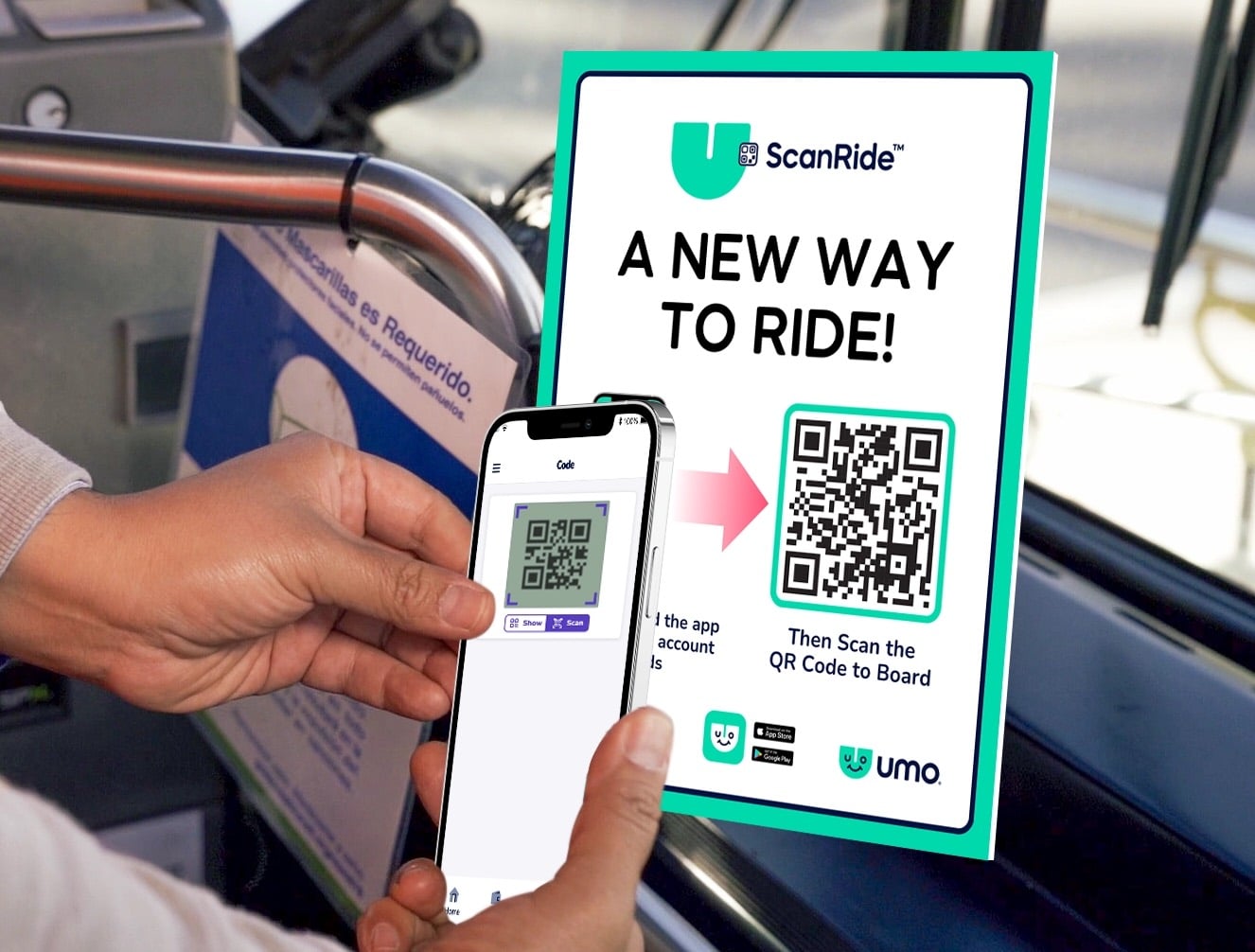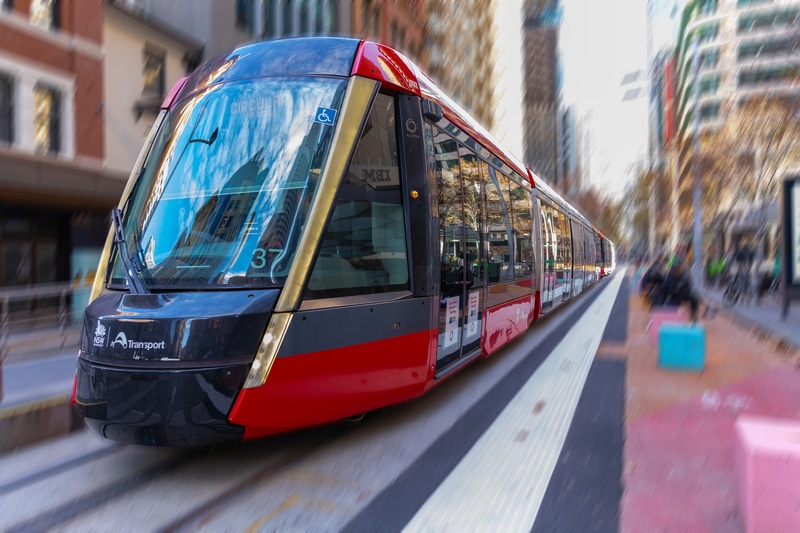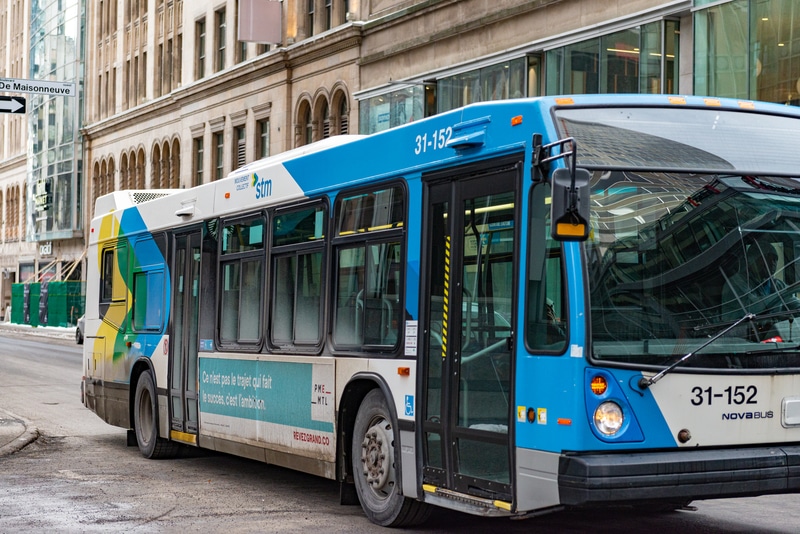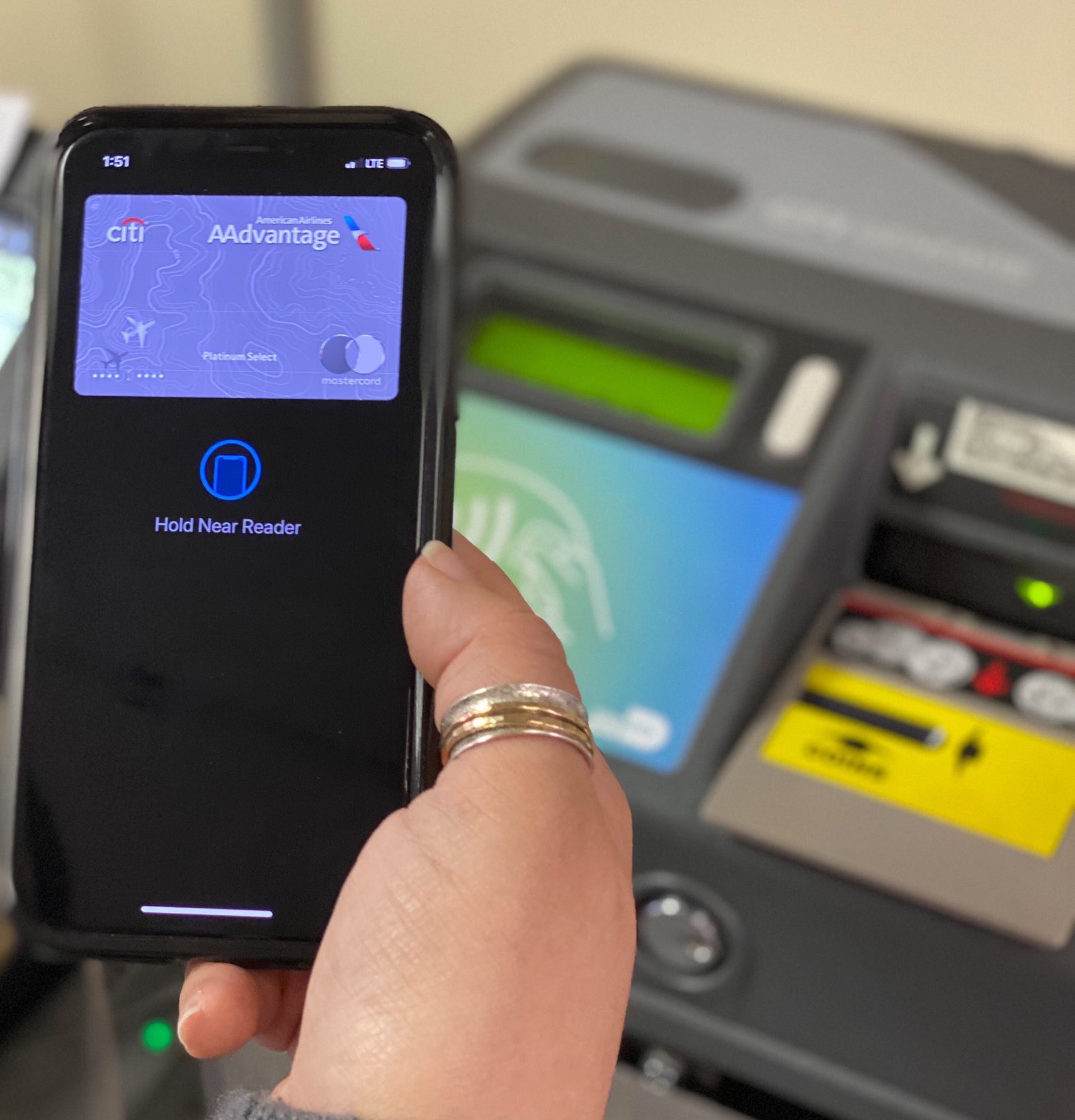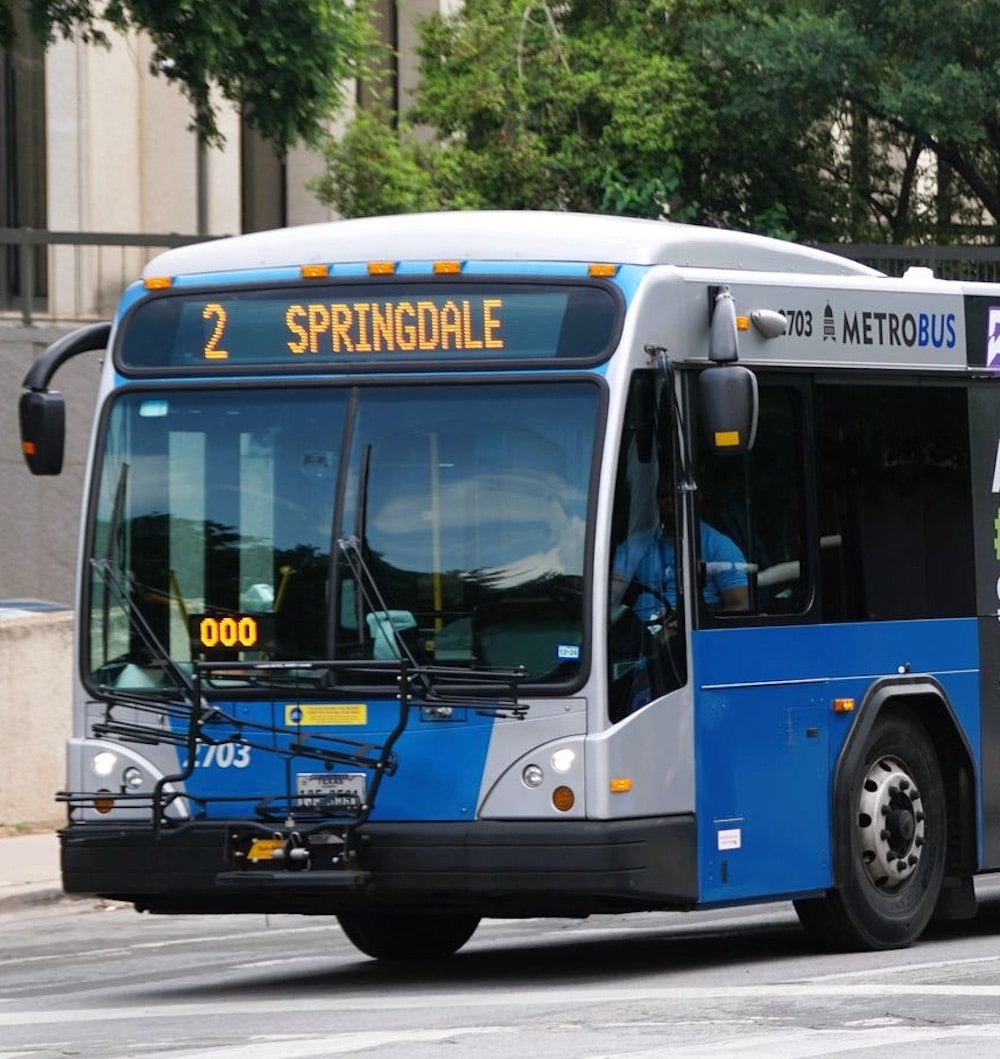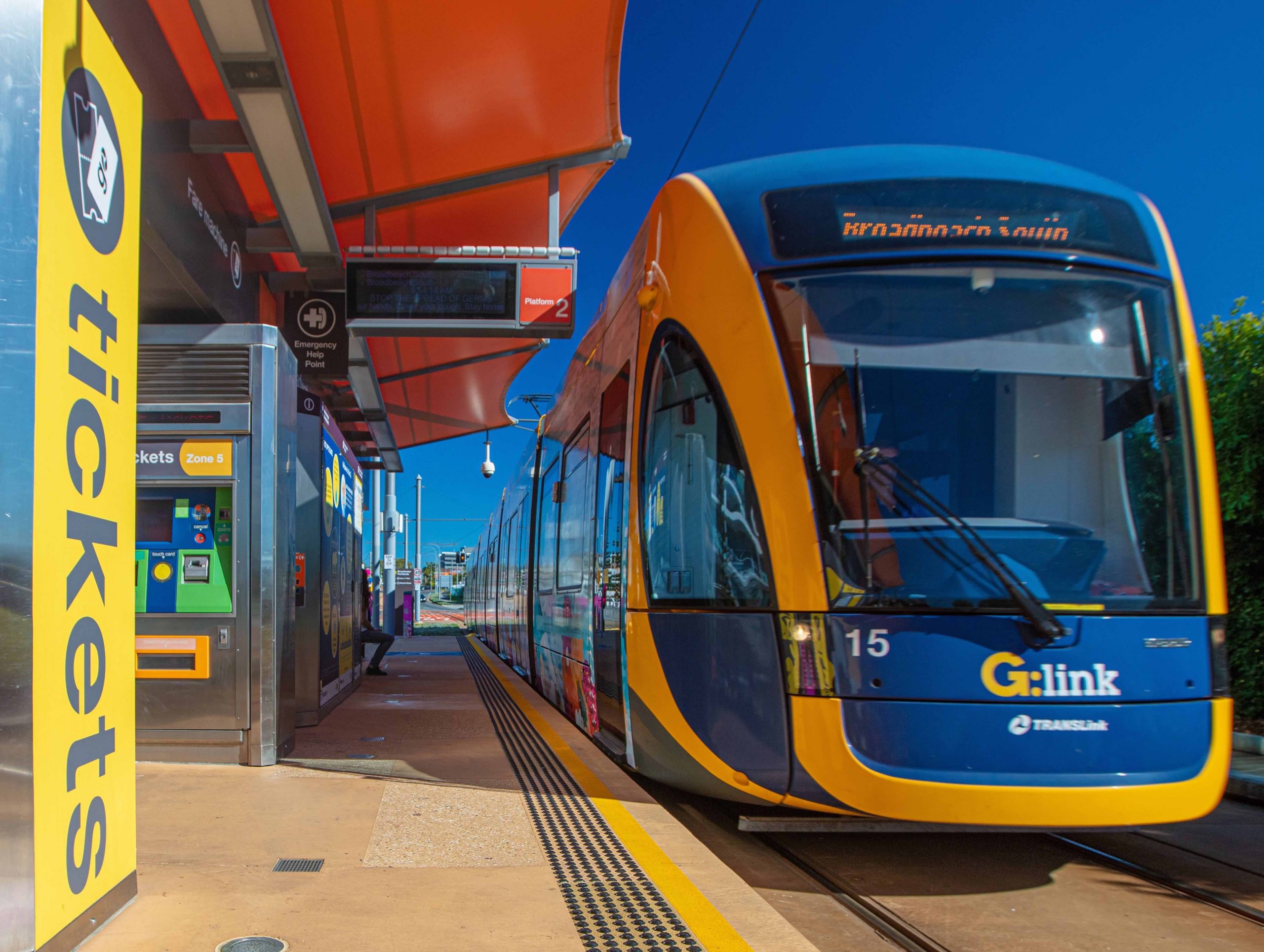
Article Highlights
The AU$371.1 million (US$278.7 million) Smart Ticketing project will enable TransLink to calculate fares in the back office, not on the card and terminal, giving the agency more flexibility to introduce a range of payments types or “tokens” for customers to use. That will include contactless EMV credit and debit cards, smartphones and wearables and TransLink’s existing closed-loop payments service, the go card, which is being expanded.
Transit agencies have deployed account- based ticketing or are in the process of doing so in such major cities as Chicago, New York, Boston, Vancouver, Portland, OR, and Dallas in North America; Prague and Amsterdam in Europe and Singapore in Asia.
• Dept. Trnsprt & Main Roads
• Transport for NSW
• Cubic
• Dallas Area Rapid Transit
A new account-based ticketing system under development for Brisbane and the Australian state of Queensland represents one of the latest rollouts of account-based ticketing, a technology expected to eventually replace most card-centric fare collection systems globally.







